Illuminated objects "Bella Ciao" 2024 and Digital Print, 75x95cm, ed.3 + 2 ap from the series "City of Saints and Madmen"
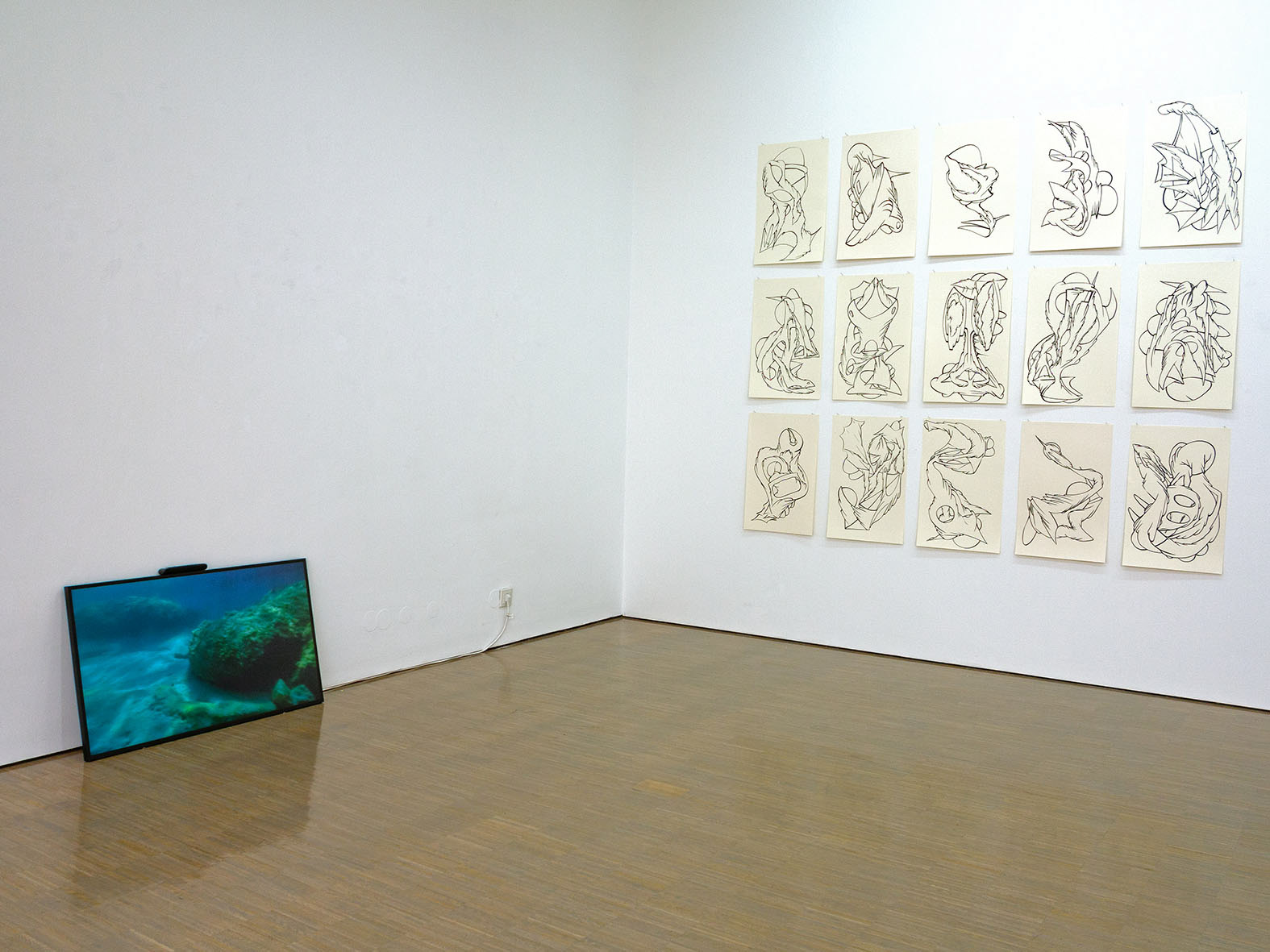
Exhibit view
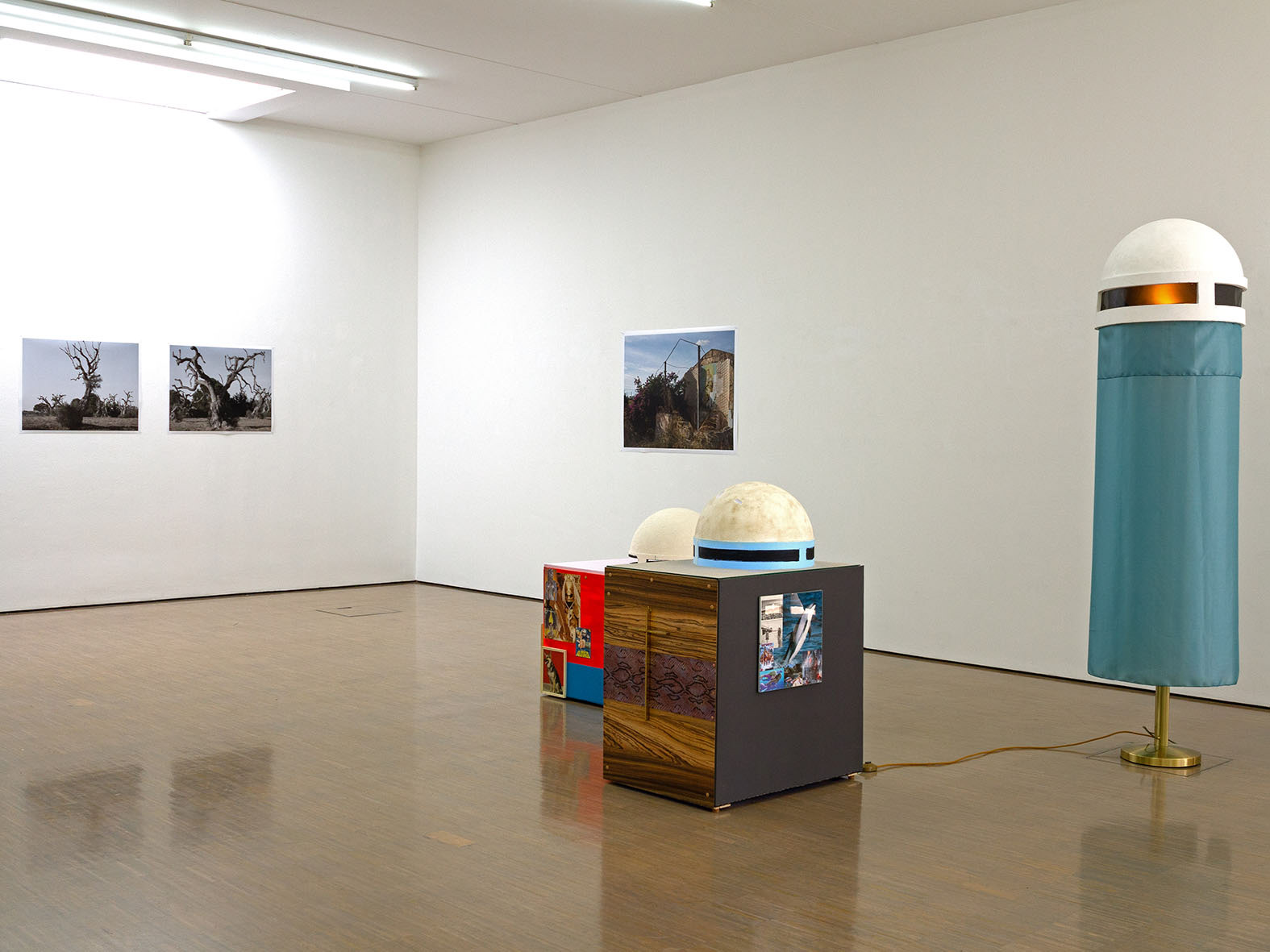
Exhibit view
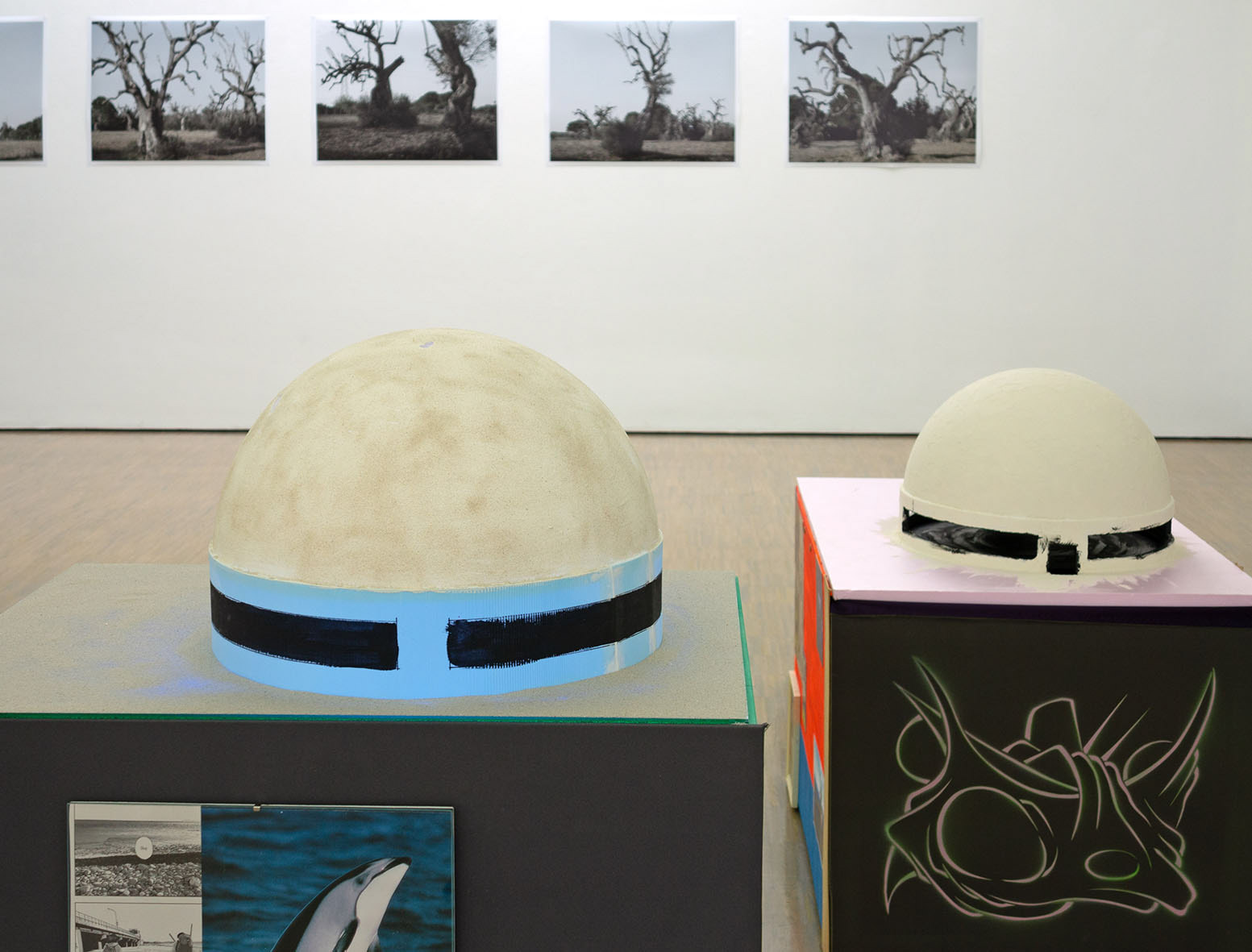
Objects "Bella Ciao" and series "Dead Old Friends"
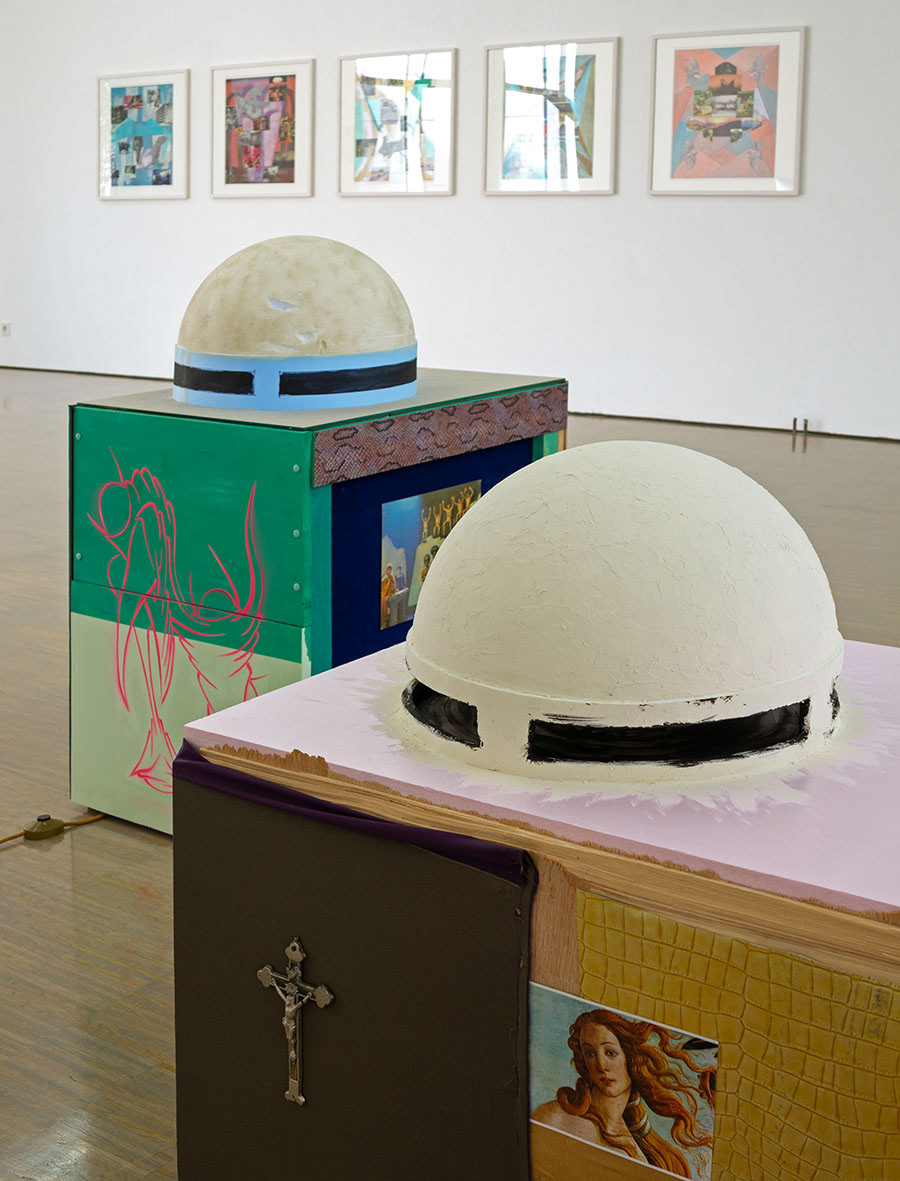
Objects "Bella Ciao" and series "Sitara 2.0"
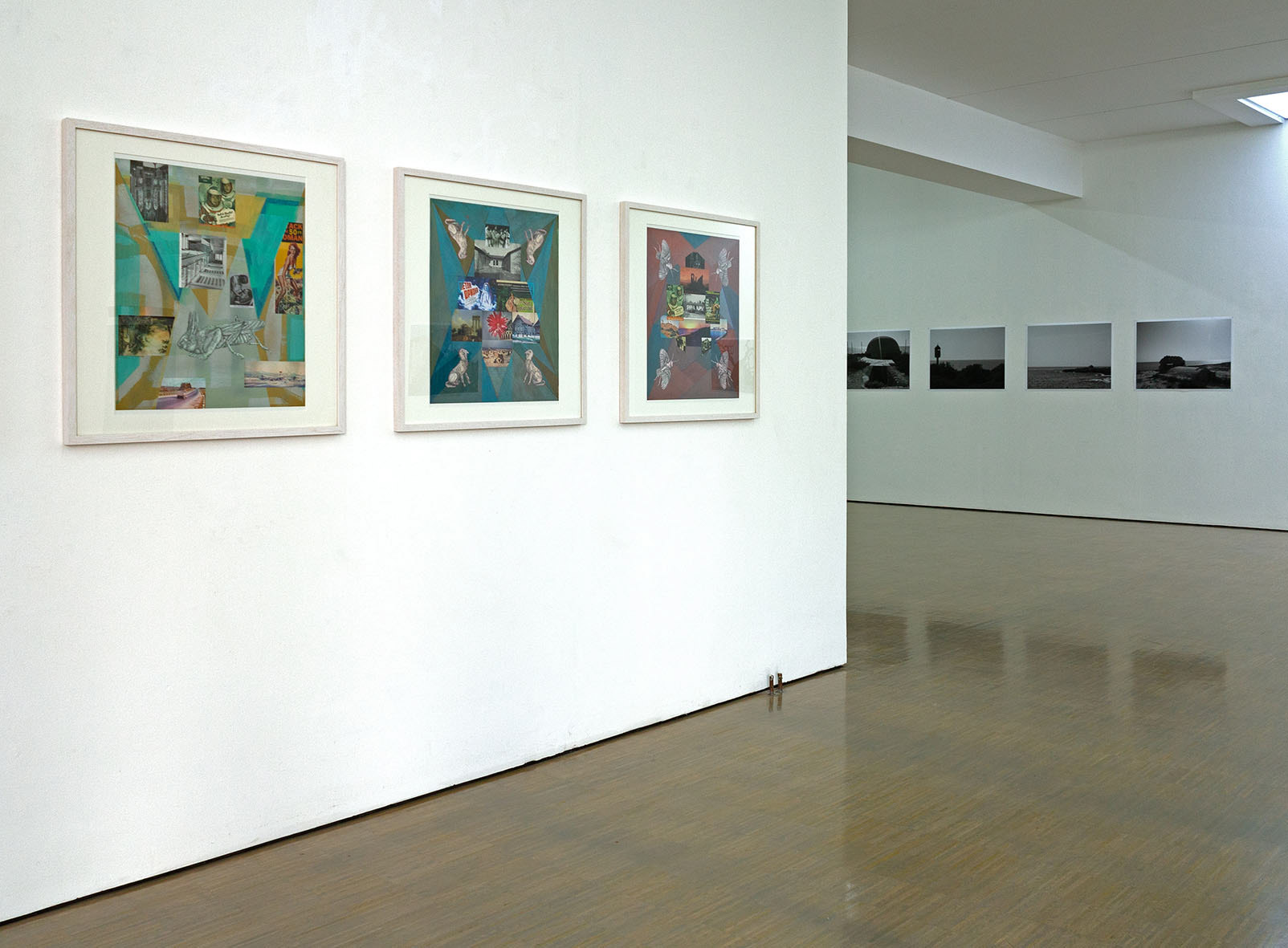
Series "Sitara 2.0" (see PAPER) and series "Dickhead Blues""
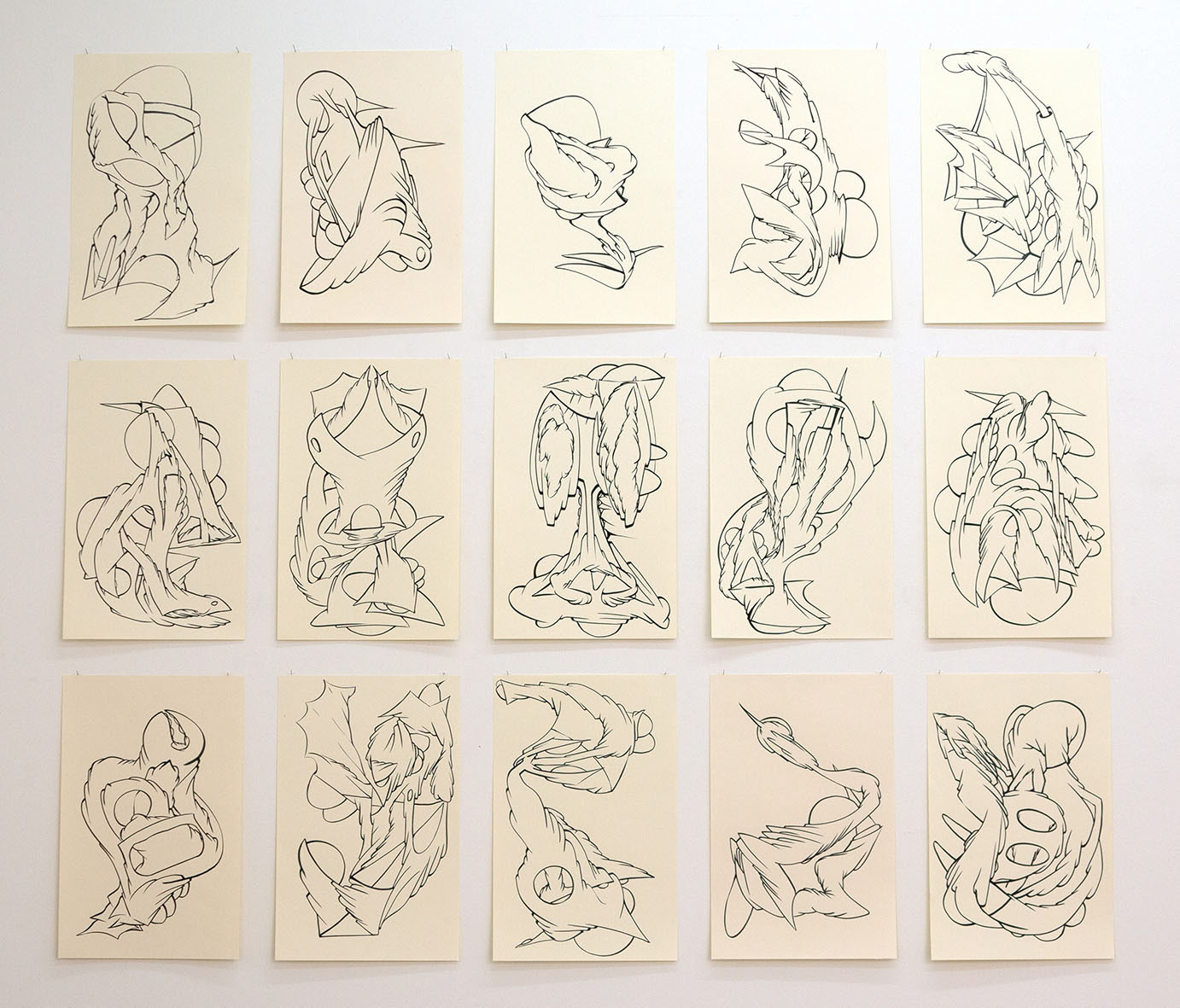
Series "Critters" ink on paper, 38x60cm
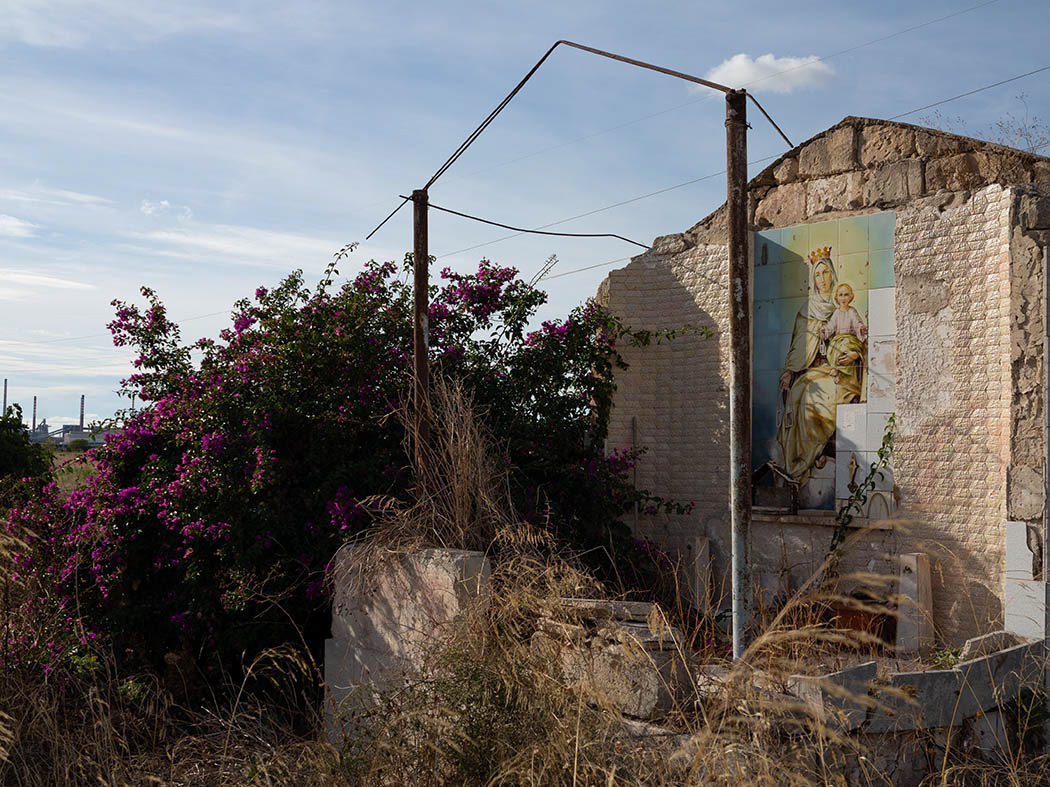
Series "City of Saints and Madmen", Digital Print, 75x95cm, ed.3 + 2 ap
Dead olive trees, digital print, 55x75cm, ed.6 + 2 ap from the series "Dead Old Friends", Salento 2023
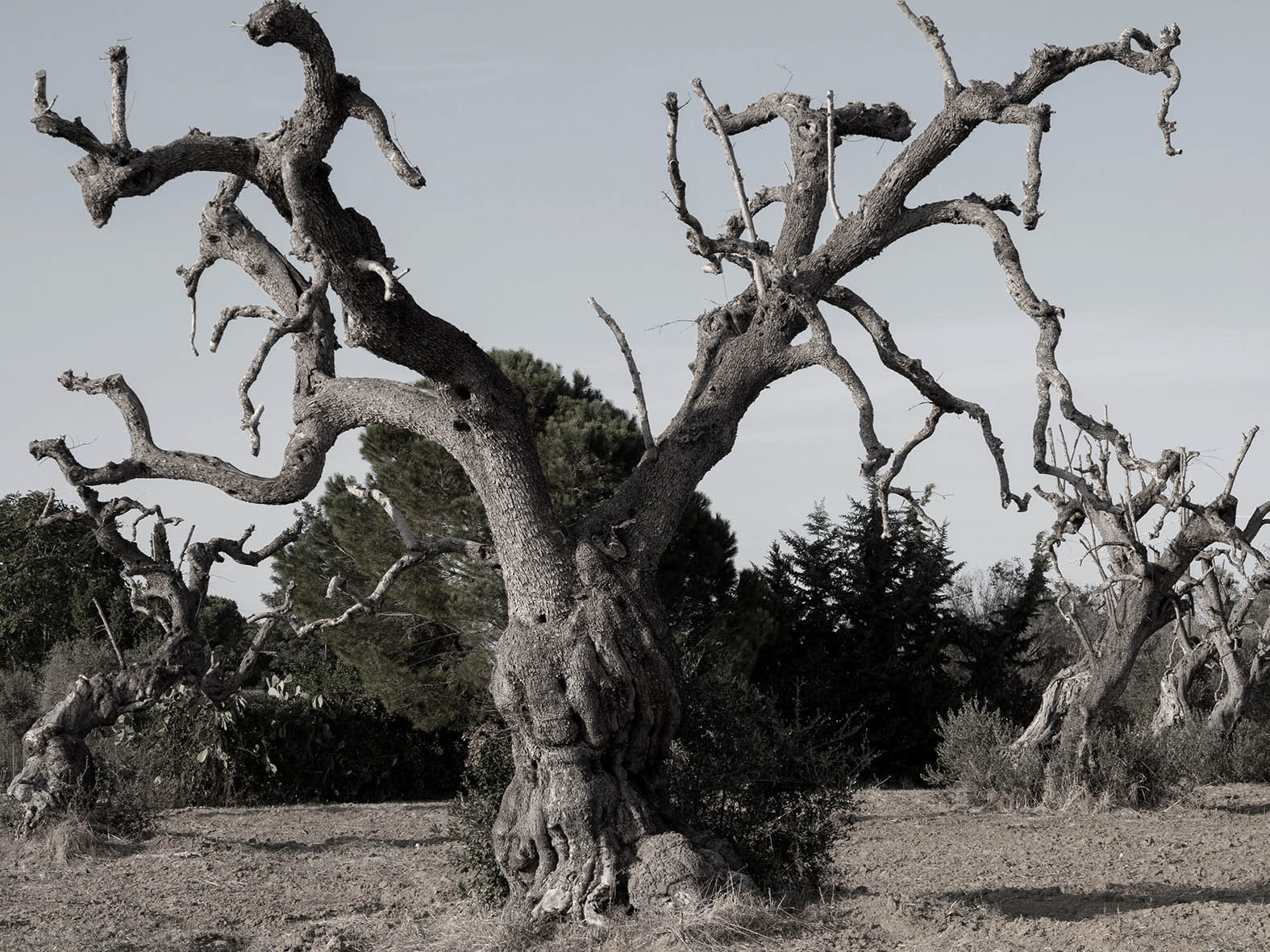
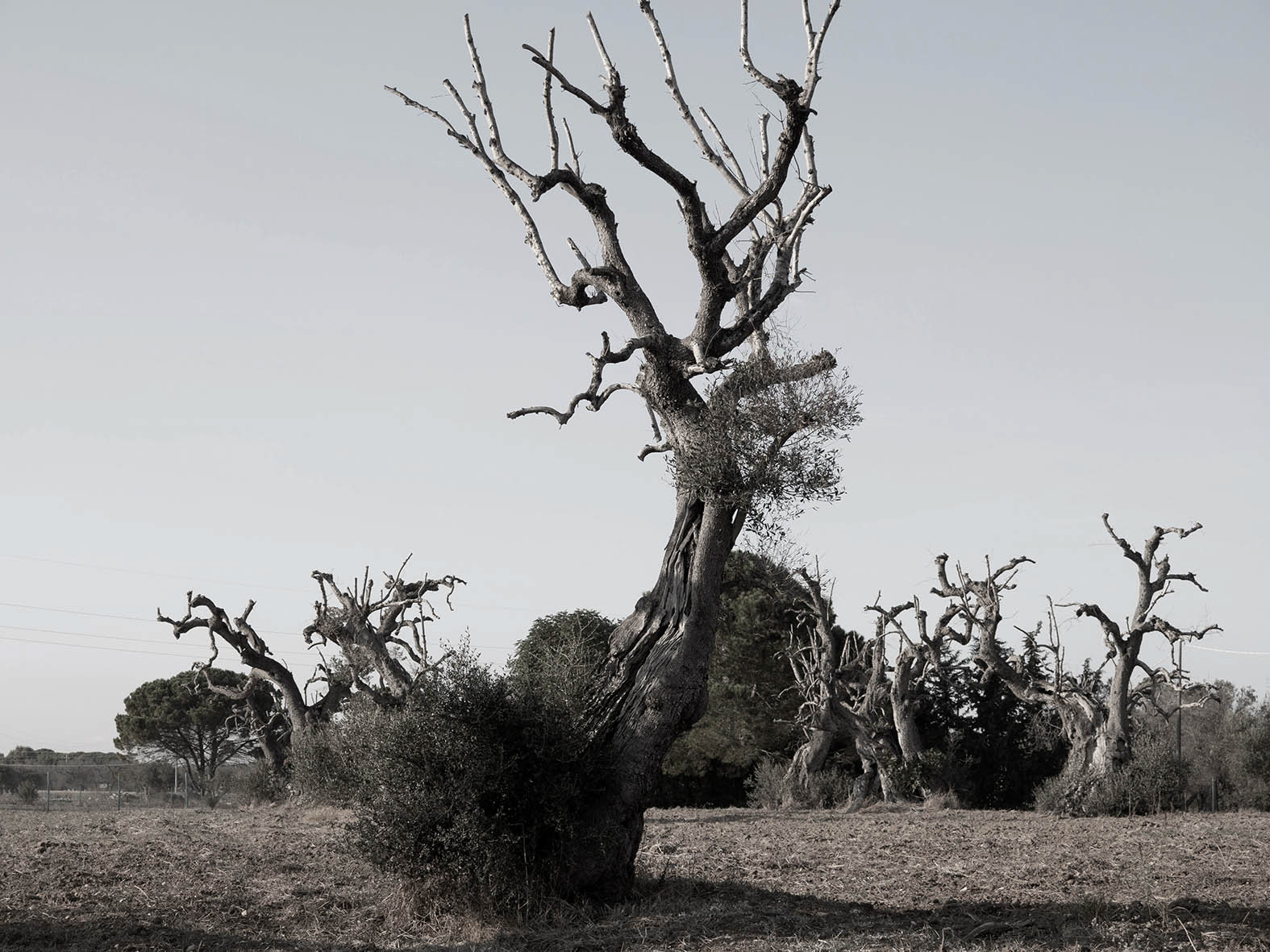
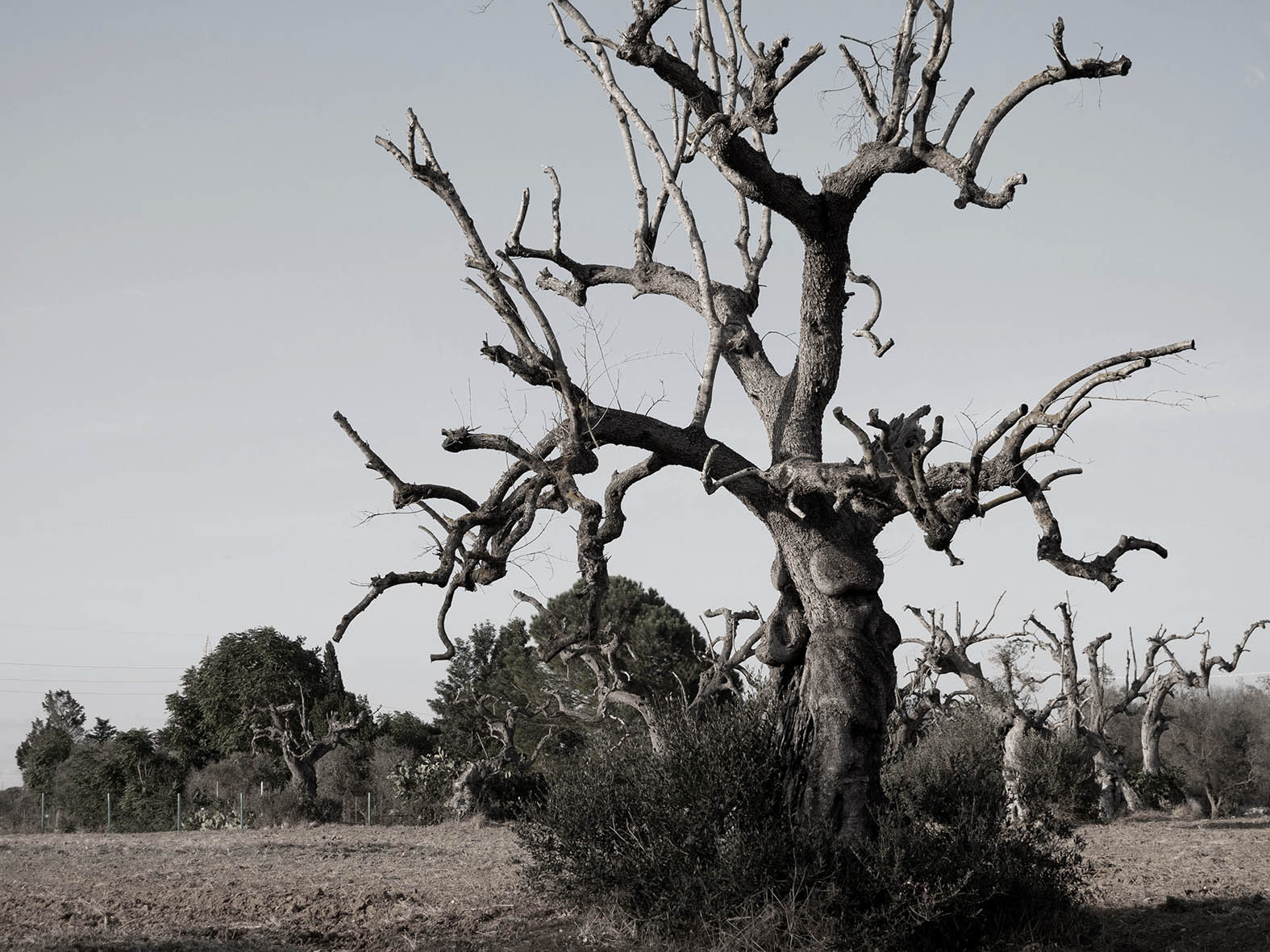
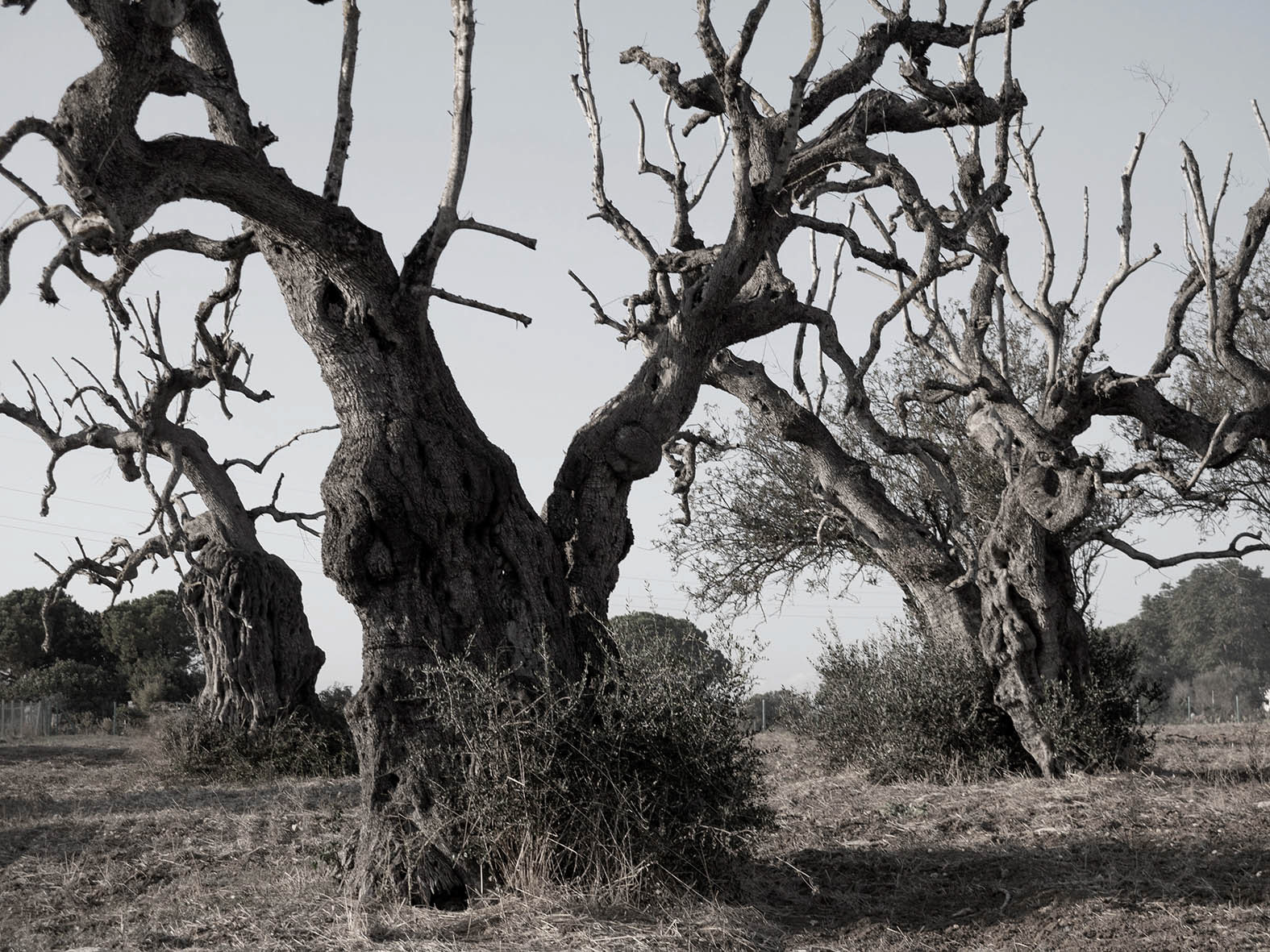
Fascist Bunkers along the Salento shoreline, digital print, 55x75cm, ed.6 + 2 ap from the series "Dick Head Blues", Taranto 2023
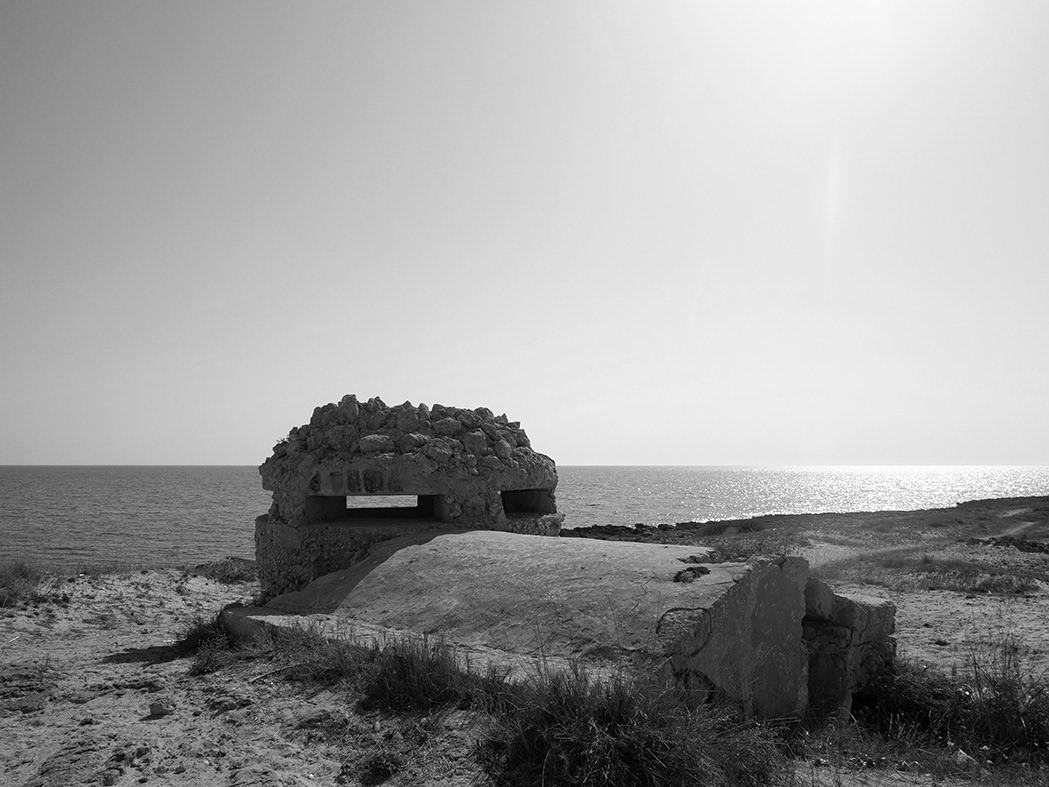
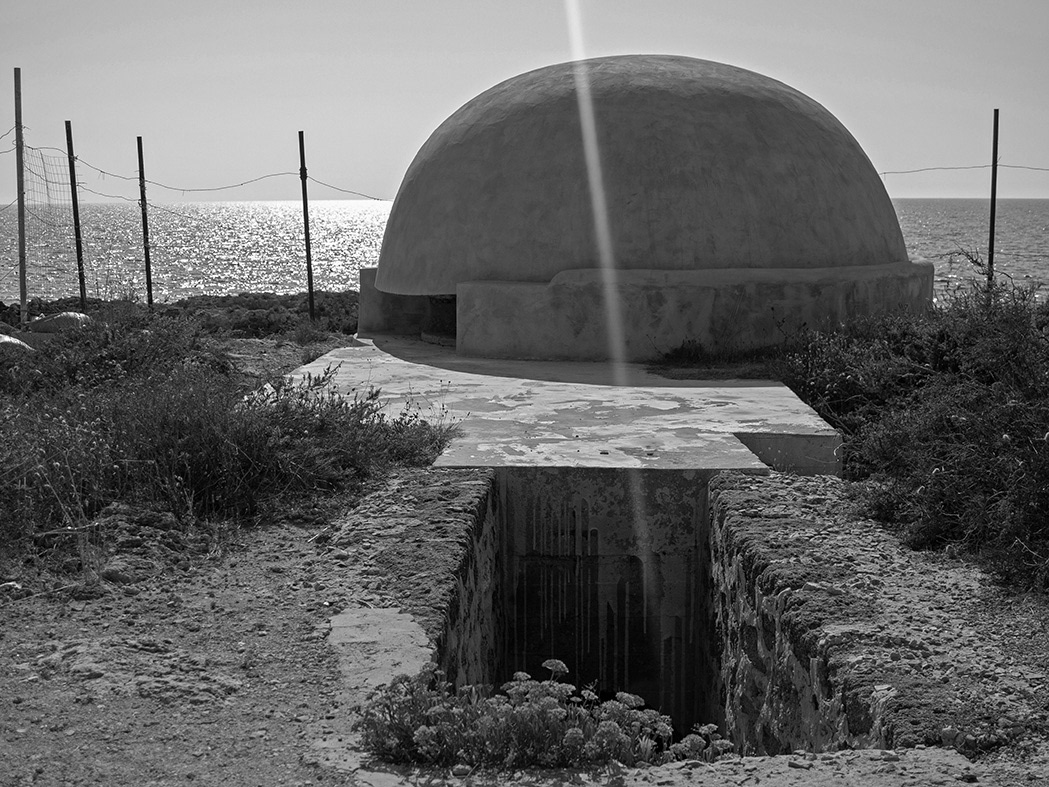
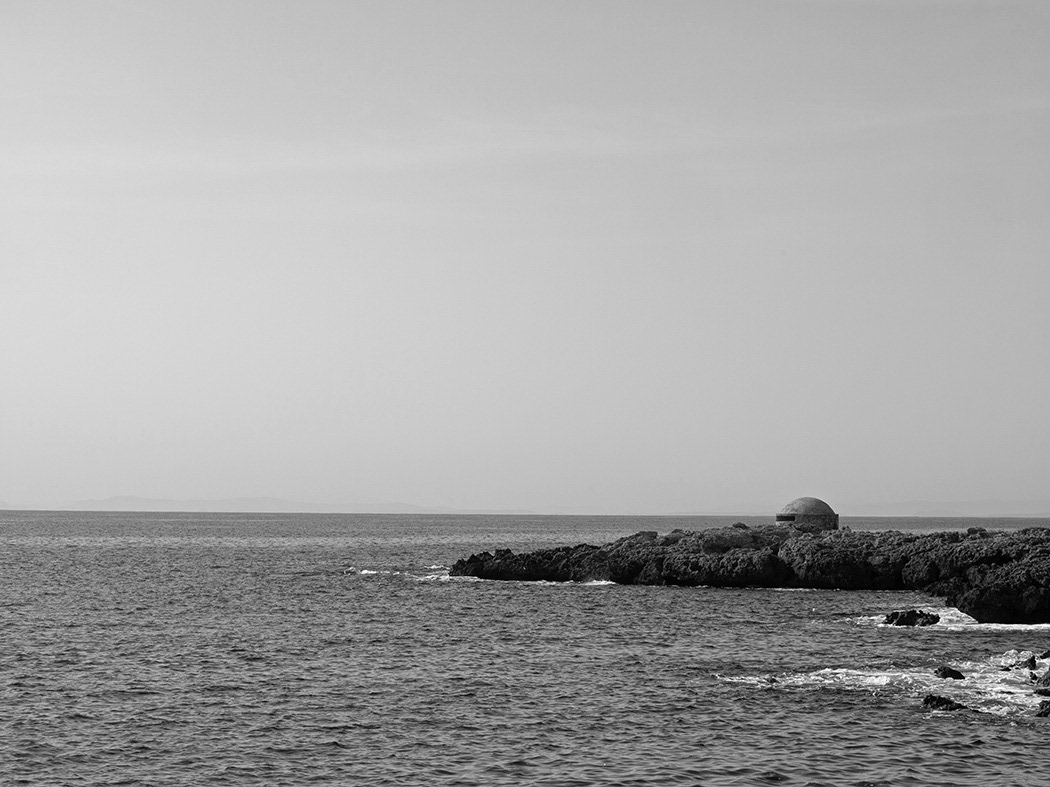
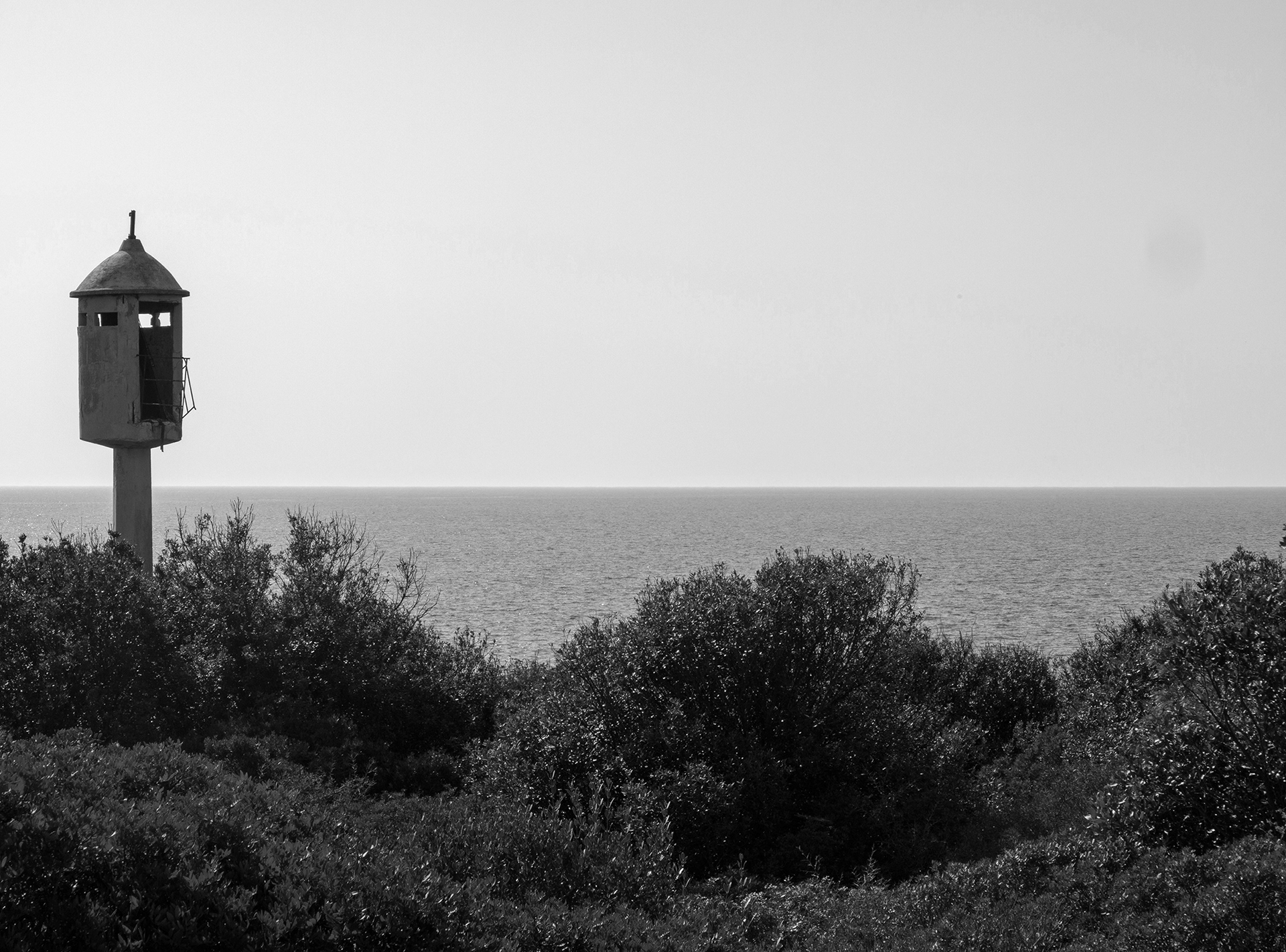
HD Video of an underwater landscape and living beneath a bunker with field recordings and audio collage, Taranto, 2024